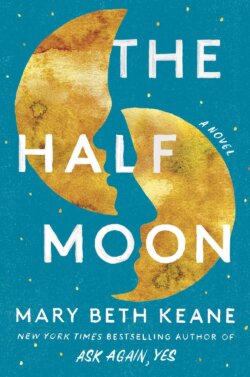
Our top 10 books of April 2023
BookPage’s top picks for April include the latest from Victor LaValle, Angie Thomas, Timothy Egan and more.

Fans of slow-burning chemistry and dirty talk will love The Nanny, a thoughtful romance between the titular nanny and the single father she works for.

The exceptional first memoir from Big Fish author Daniel Wallace is loving, honest and haunting as it deconstructs his friendship with his late brother-in-law.

The latest enthralling historical narrative from National Book Award-winning author Timothy Egan focuses on the rapid rise and spectacular collapse of the KKK in the 1920s.

For Leta McCollough Seletzky, the famous photo of Martin Luther King Jr.’s assassination is particularly haunting—because her father was the one trying to administer first aid.

In Nicole Chung’s memoir about the deaths of her parents, she absorbs hard times with fury and compassion, making the universal experience of grief vividly personal.

A powerful study in setting and character with a healthy dose of horror, Lone Women will forever change the way you think about the Wild West.

Readers who devour series like Rick Riordan’s Percy Jackson books will inhale Nic Blake and the Remarkables and then begin counting down the days to its sequel.

Jesse Q. Sutanto hits all the right notes in Vera Wong’s Unsolicited Advice for Murderers, a cozy mystery worth reading for its hilariously meddlesome titular character alone.

This book leaves readers with not only a sense of awe at our planet’s remarkable biodiversity but also newfound feelings of respect and responsibility.
Get BookPage in your inbox!
Sign up to receive reading recommendations in your favorite genres!






































































































































